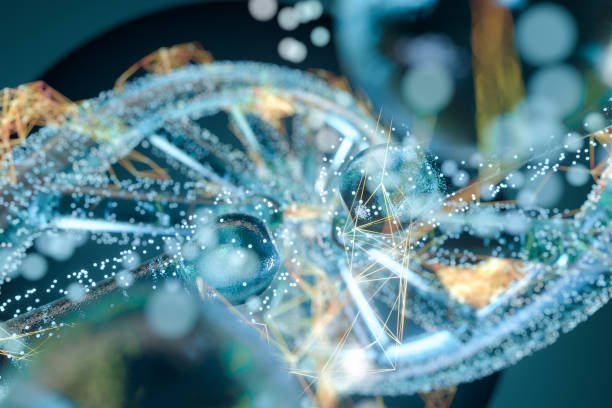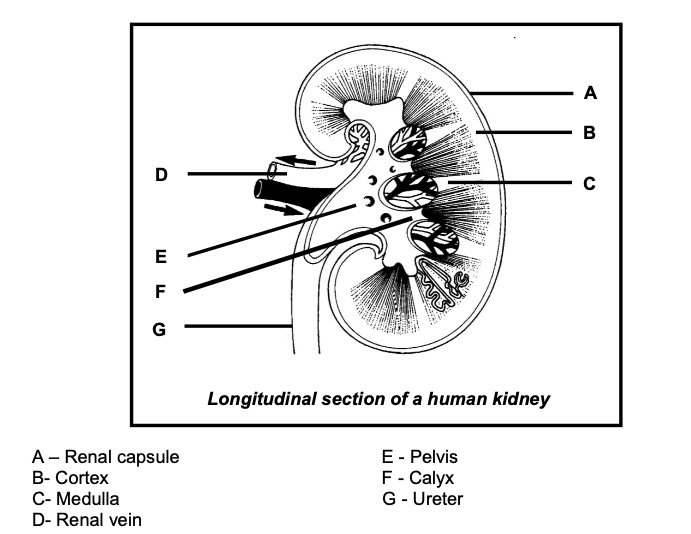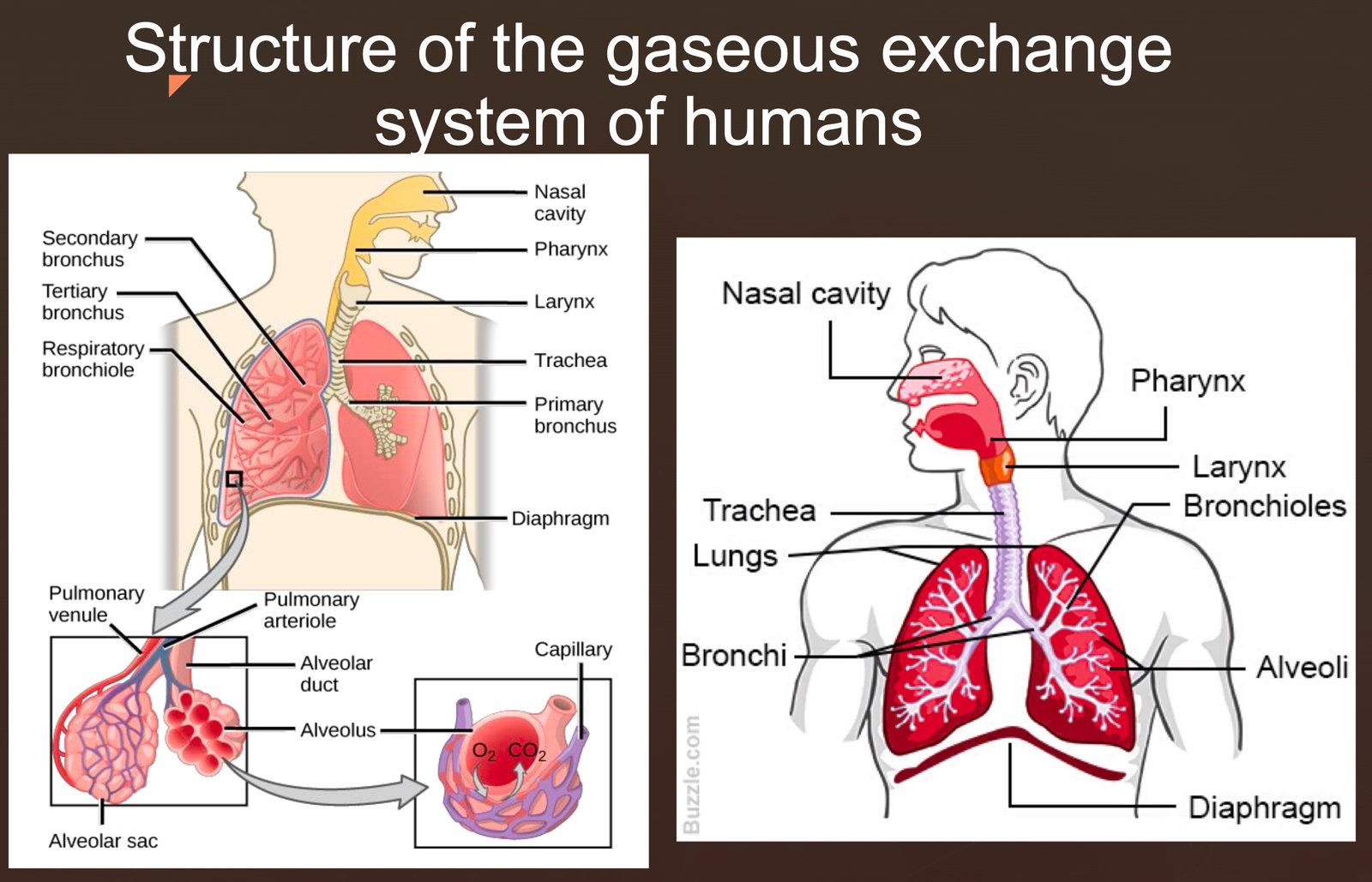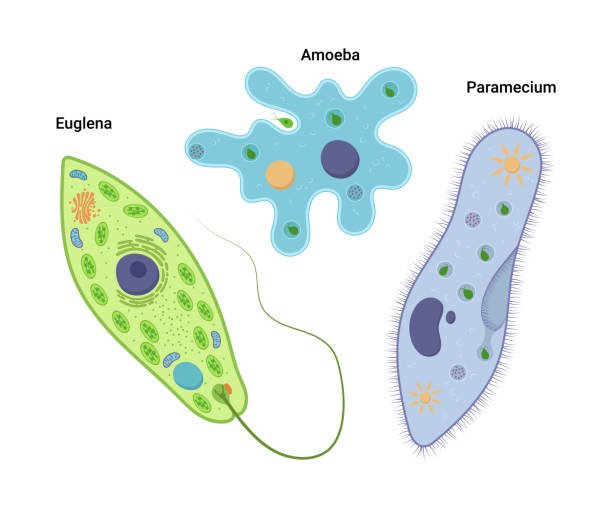How do Vaccines Work to Protect us from Various Diseases
How do Vaccines Work to Protect us from Various Diseases: Vaccines have been one of the most effective tools in preventing the spread of infectious diseases. They work by training the immune system to recognize and fight off harmful pathogens such as viruses and bacteria. This helps the body to build immunity to these diseases, … Read more









